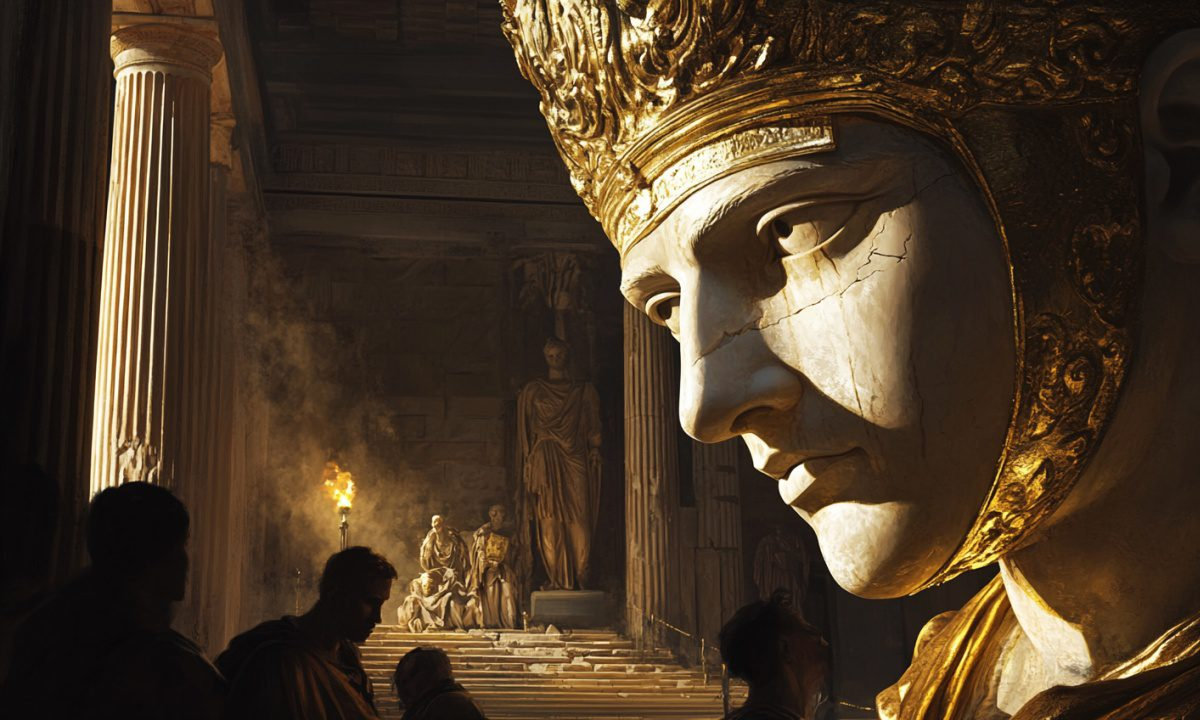Phidias was no ordinary sculptor. He was the visionary who transformed art on the Acropolis forever. Under Pericles’ command, he crafted the colossal chryselephantine statue of Athena—a 12-meter-tall masterpiece adorned with detachable gold leaves to allow for weighing. It was the era’s most powerful political and artistic statement. But it also marked the beginning of his downfall.
Inside Athena’s shield, Phidias dared to do something no one else would: he secretly included likenesses of himself and Pericles. Not as artists, but as warriors. This bold move gave his rivals the perfect pretext to strike. He was accused of impiety, hubris, and arrogance. It was a time when even the brightest genius could be toppled in an instant.
To avoid accusations of embezzlement, Pericles had advised him to make the golden cloak removable. Phidias dismantled it before the judges and proved his innocence. Yet, that did not save him. Some say he died in prison; others claim he was exiled. All agree on one thing: his own brilliance was his undoing.
After his exile, Phidias fled to Olympia, where he created the statue of Zeus—later recognized as one of the Seven Wonders of the Ancient World. But even there, accusations caught up with him. For a second time, he was imprisoned on charges of gold embezzlement. That’s where his life ended—not with honors, but in chains.
The statue of Athena remained in the Parthenon until the 5th century AD, when it was likely moved to Constantinople. It no longer exists today. Only coins, miniatures, and Roman copies remind us of the era when a man created a divine masterpiece—and was sacrificed by it.







